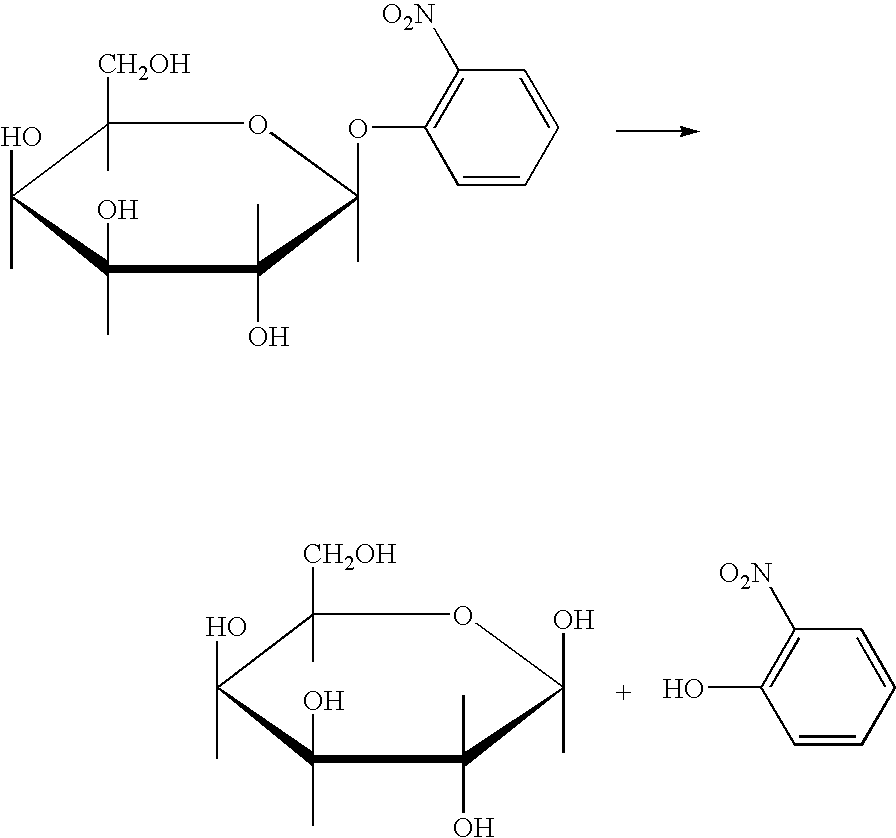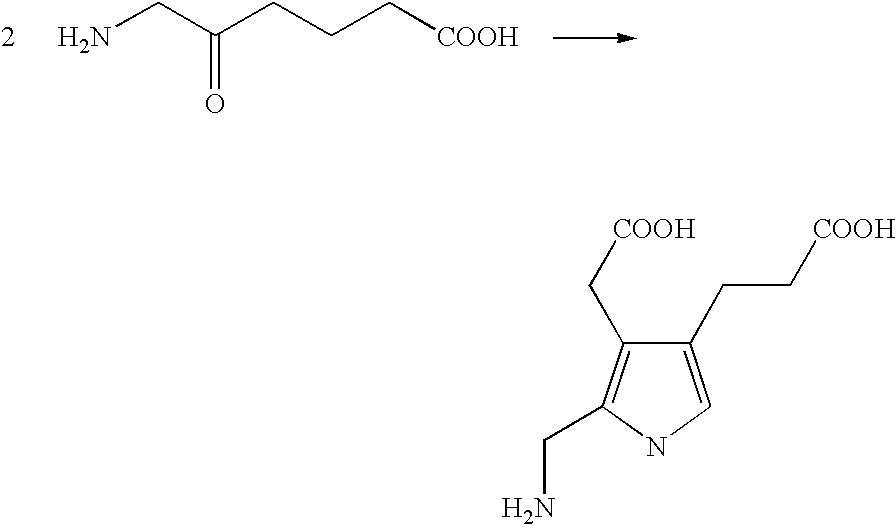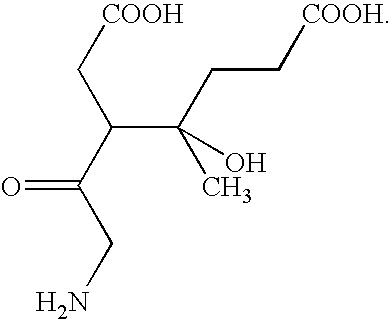Catalytic antibodies
a catalytic antibody and monoclonal technology, applied in the field of monoclonal antibodies, can solve the problems of insignificant rate enhancement of the desired reaction, major limitations of both simple chemical catalysis and enzymatic catalysis, and chemically catalyzed processes often do not produce high yields of desired products. achieve the effect of increasing the rate of substrate conversion
- Summary
- Abstract
- Description
- Claims
- Application Information
AI Technical Summary
Benefits of technology
Problems solved by technology
Method used
Image
Examples
example 1
Immunization of Mice with o-Nitrophenyl-β-D-Galactoside
[0050]One group of female BALB / C mice (Group 1 in Table 1) at 7 weeks of age were inoculated intravenously with 10 mg. of o-nitrophenyl-β-D-galactoside (ONPG) and intraperitoneally with 12 mg. of ONPG on day 0. The ONPG was dissolved in 0.1M phosphate buffer at pH 7.3 at a concentration of 25 mg / ml and warmed to 37° C. On day 33 the mice were inoculated intraperitoneally with 12.5 mg. of ONPG in incomplete Freund's adjuvant. The ONPG phosphate buffer solution was mixed with an equal volume of incomplete Freund's adjuvant and emulsified prior to inoculation. A blood sample was obtained from each mouse on day 54. The serum was separated from the blood sample by centrifugation and stored at 4° C.
example 2
Immunization of Mice with Dinitrophenol-Keyhole Limpet Hemocyanin Conjugate
[0051]Mice inoculated as in Example 1 were inoculated intraperitoneally on day 91 with dinitrophenol (DNP) coupled to keyhole limpet hemocyanin (KLH) and emulsified in incomplete Freund's adjuvant. The inoculum contained 10 mg. of protein as determined by the method of Bradford, 1976, Anal. Biochem. 72:248. The dinitrophenol was coupled to KLH by the method of Little and Eisen, 1967, Meth. Immunol. Immunochem. 1:12. The DNP-KLH inoculation was repeated on day 101. The inoculum was prepared as described for the inoculum used on day 91. A blood sample was obtained from each mouse on day 105 and the serum separated by centrifugation and stored at 4° C.
example 3
Immunization of Mice with o-Nitrophenyl-β-D-Galactoside
[0052]BALB / C mice (Group 2 in Table 1) were inoculated intraperitoneally with 50 mg. or 100 mg. of ONPG emulsified in complete Freund's adjuvant on day 0, intravenously, with 10 mg. of ONPG in 0.1M phosphate buffer (pH 7.3) on day 30, and intraperitoneally with 12.5 mg. of ONPG in incomplete Freund's adjuvant (25 mg / ml) on day 63. The mice were bled 9 days later, serum was separated by centrifugation and stored at 4° C.
PUM
| Property | Measurement | Unit |
|---|---|---|
| temperature | aaaaa | aaaaa |
| temperature | aaaaa | aaaaa |
| temperature | aaaaa | aaaaa |
Abstract
Description
Claims
Application Information
 Login to View More
Login to View More - R&D
- Intellectual Property
- Life Sciences
- Materials
- Tech Scout
- Unparalleled Data Quality
- Higher Quality Content
- 60% Fewer Hallucinations
Browse by: Latest US Patents, China's latest patents, Technical Efficacy Thesaurus, Application Domain, Technology Topic, Popular Technical Reports.
© 2025 PatSnap. All rights reserved.Legal|Privacy policy|Modern Slavery Act Transparency Statement|Sitemap|About US| Contact US: help@patsnap.com



